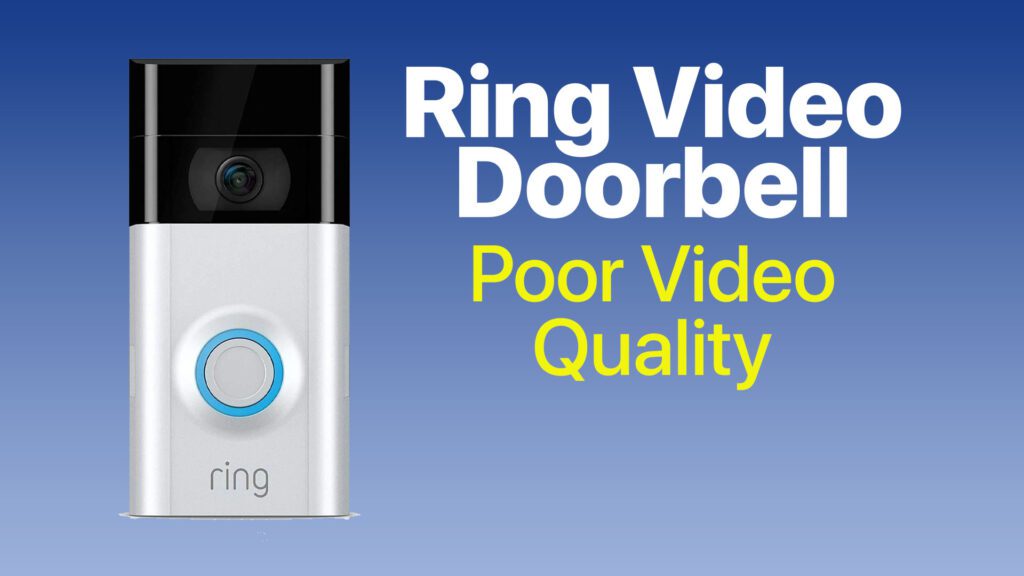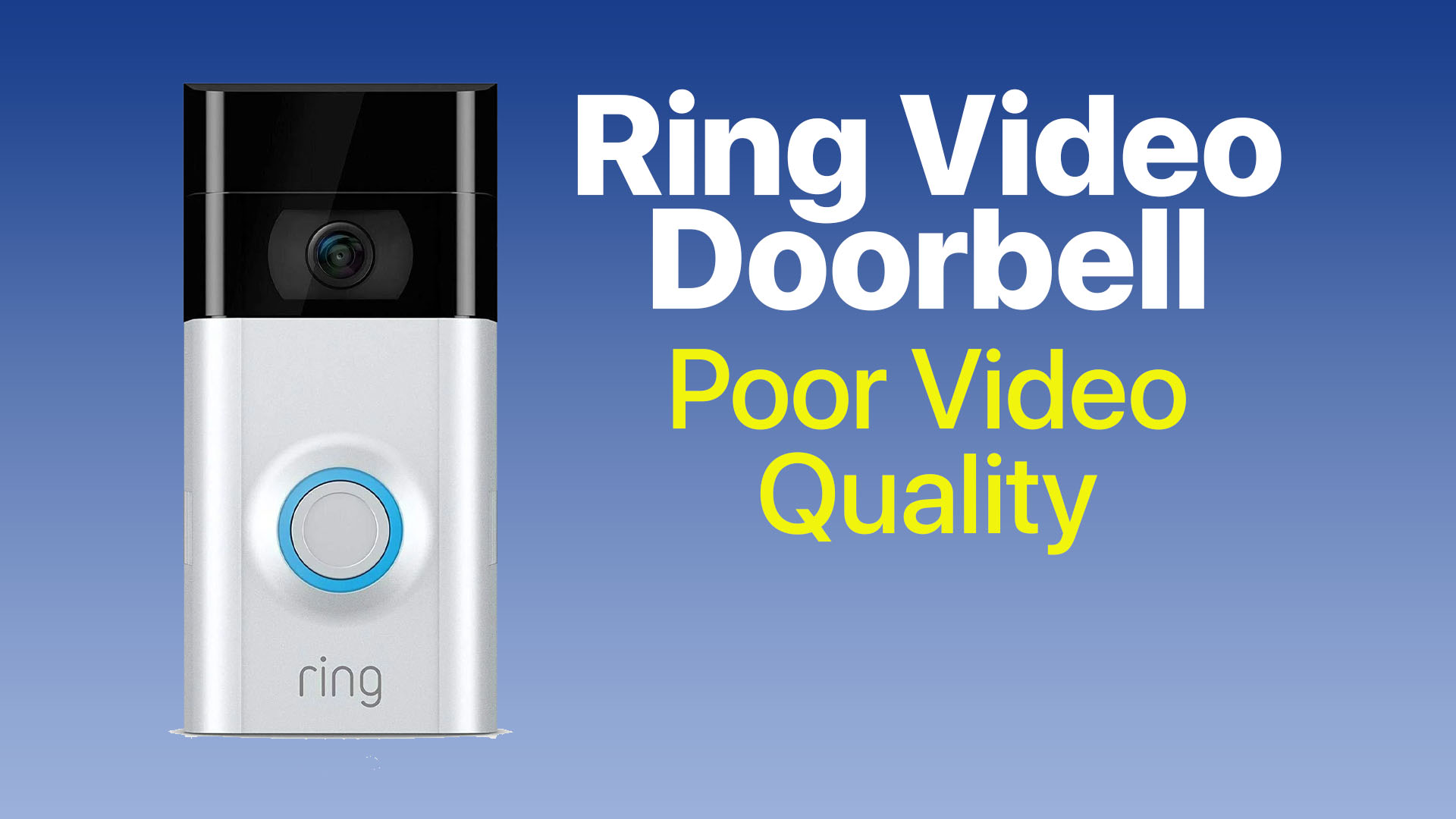Has your Ring Doorbell’s video quality deteriorated over time, showing blurry or pixelated footage? A few common factors tend to cause declining Ring Doorbell camera quality.

Common causes include:
- Dirty camera lens – Dust or debris obstructing the lens and sensor.
- Poor Wi-Fi strength – Weak signal between Ring and router degrading video.
- Night vision issues – Infrared LEDs wearing out or obstructed.
- Mechanical misalignment – Camera module position shifted.
- Outdated firmware – Buggy software affecting video and compression.
- Hardware defects – Failing image sensor or connections.
By methodically troubleshooting these potential issues and adjusting settings, you can often improve and restore your Ring Doorbell’s video quality.
Sections
Clean Camera Lens
Dirt on the lens is a common cause of blurry footage. Gently clean the lens using a microfiber cloth.
Use a soft microfiber cloth to wipe dust or debris off the Ring Doorbell camera lens. Inspect the image sensor as well. Proper cleaning removes obstructions.
Keeping the lens free of material buildup enables sharp video capture without obstructions distorting the picture.
- Disconnect and remove the Ring from the mount
- Use a clean microfiber cloth to gently wipe the camera lens
- Also, brush any debris off the image sensor
Adjust Wi-Fi Band Settings
If using the crowded 2.4GHz Wi-Fi band, switch to 5GHz for reduced interference and improved quality.
In your router settings, set the Ring Doorbell’s IP address to connect to the 5GHz Wi-Fi band instead of 2.4GHz. The 5GHz band is less crowded.
Connecting to 5GHz Wi-Fi improves bandwidth and stability for better Ring Doorbell video quality with less interference.
- Access router admin settings
- Find the device IP list and locate Ring
- Assign Ring IP to 5GHz band
Check Night Vision LEDs
At night, faulty infrared LEDs can cause poor visibility. Check that all night vision LEDs are functional.
Inspect the Ring Doorbell at night to see if some IR LEDs appear dim or not working. A full array is needed for uniform illumination.
Having all night vision infrared LEDs in working order provides proper visibility in dark conditions.
- Inspect Ring Doorbell at night
- Check that all IR LEDs are lit evenly
- Note any that appear dim or not working
Adjust Motion Zones
Reconfiguring motion zones to better frame the doorway can help improve the video clarity of visitors.
In the Ring app, remove obstructions from existing motion zones. Adjust the zones tighter on ideal areas like the door itself rather than background regions.
Optimizing motion detection zones results in clearer footage of visitors at the door rather than in surrounding areas.
Following these troubleshooting steps should help diagnose and address the most common factors responsible for deteriorating video quality from your Ring Doorbell camera over time.
FAQs
-
Q: Why did my Ring Doorbell’s video quality become blurry and pixelated when it used to be clear?
A: Common causes of declining video quality on Ring Doorbells are dirty camera lenses, weak Wi-Fi signals, faulty night vision IR LEDs, mechanical misalignment of the camera module, outdated firmware containing compression bugs, and failing camera hardware components.
-
Q: How can I improve my Ring Doorbell’s blurry, low-quality video?
A: Try cleaning the camera lens, adjusting Wi-Fi band settings for better connectivity, inspecting IR LEDs at night, reconfiguring motion zones, updating firmware, and checking for any damage to the camera module. This may resolve software glitches or hardware defects degrading video.
-
Q: What should I do if cleaning and adjusting settings don’t improve my Ring Doorbell’s video quality?
A: If you’ve ruled out obstruction, Wi-Fi issues, motion zone configuration, and firmware updates, the Ring Doorbell camera module itself may be defective. Contact Ring Support about a replacement under warranty if the video remains persistently blurry and unusable even in ideal conditions. A hardware issue needs replacement.
